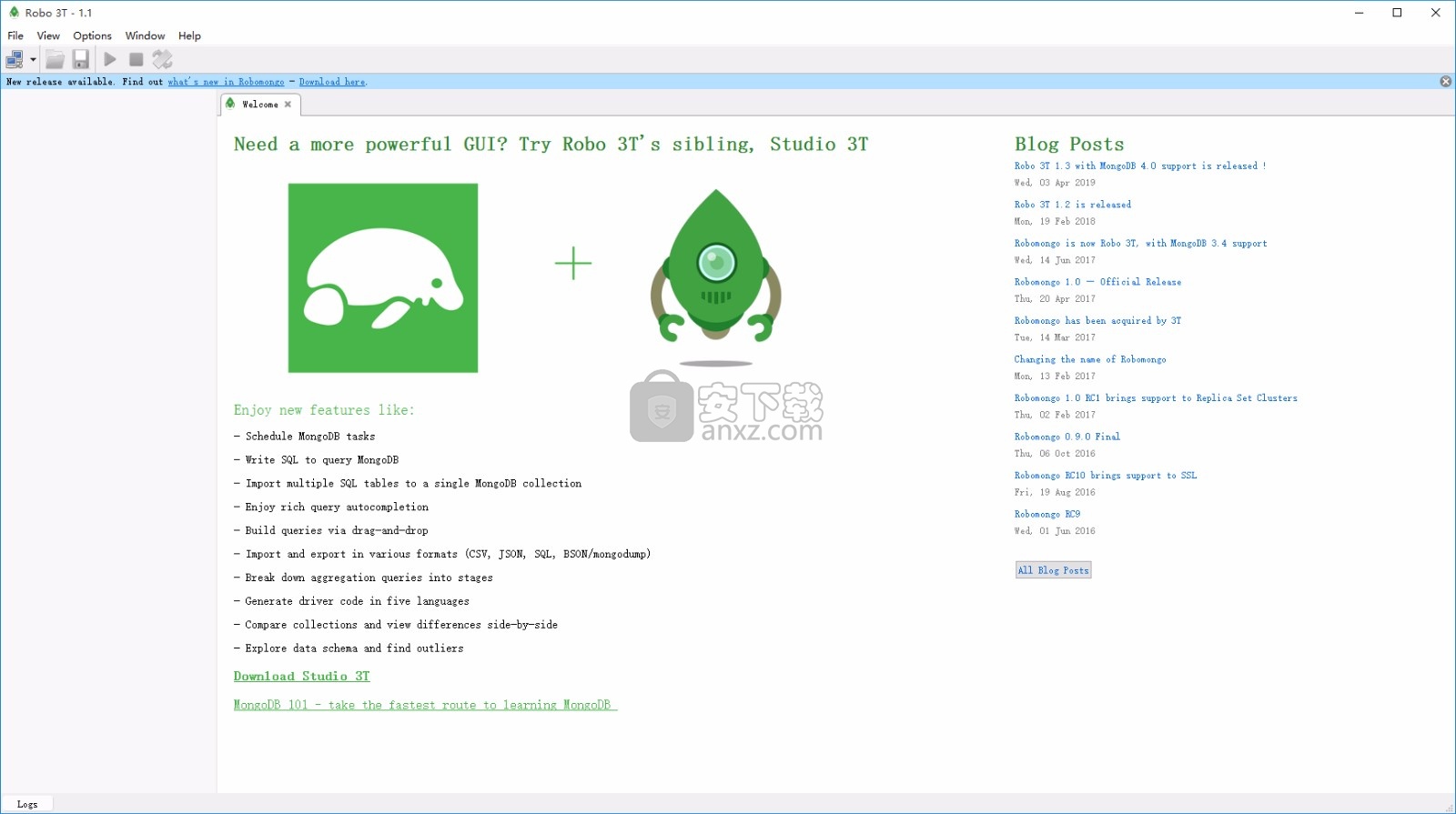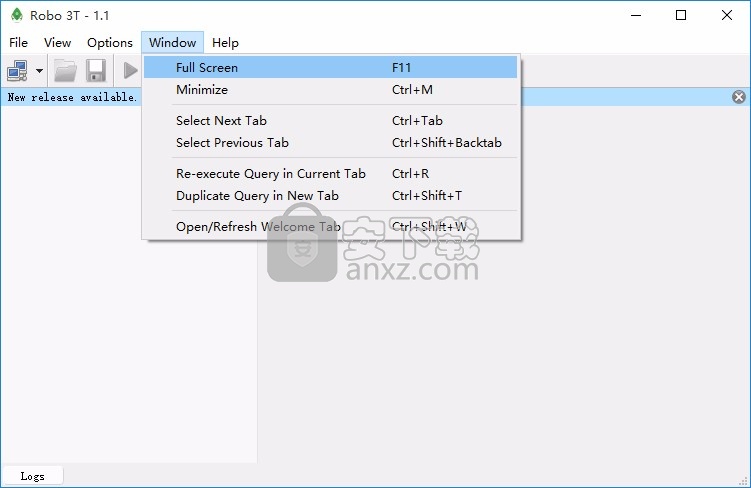

- #Load mongorc js robo 3t .mongorc.js how to
- #Load mongorc js robo 3t .mongorc.js install
- #Load mongorc js robo 3t .mongorc.js trial
Then, enter your user credentials in the remaining fields: In the Authentication tab, enter the Database as ‘admin’ (or whatever database you have created your MongoDB user on).

In the Connection tab, select Direct Connection as the ‘Type’, give the connection a name, and enter the server name and port picked from the Connection String found in your ScaleGrid MongoDB cluster details page in the ‘Address’ and ‘Port’ fields: Launch Robo 3T and open the ‘Manage Connections’ window:Ĭlick on ‘Create’ to setup a new connection.
#Load mongorc js robo 3t .mongorc.js how to
Here’s an example of how to identify your server name and port from your Connection String: You will need the database server name and port to start, which can be found in your Connection String on your MongoDB cluster details page in the console:
#Load mongorc js robo 3t .mongorc.js trial
Our BYOC and Dedicated plan users often start with a standalone MongoDB deployment during their free 30-day trial before moving on to replica sets for development and production environments. How to Connect Your #MongoDB Deployments to Robo 3T GUI at ScaleGrid Click To Tweet Connecting to a Standalone MongoDB Deployment

For simplicity’s sake, we will use the “dbuser” user we just created to connect to Robo 3T. With the prerequisites in place, we can now go to the Robo 3T GUI to continue to connect to our database deployment. On the MongoDB web-shell, type in the create new user command as shown in the image above and below: use adminĭb.createUser()įor creating users with more advanced roles and permissions, refer to the MongoDB Add Users tutorial, MongoDB roles guide or our guide to MongoDB RBAC. You can use the ScaleGrid web-shell available on the Admin tab to create such a user: For this example, we will create a new user who has read-write access to any database on the cluster. Users created on the admin database with All-Database roles provide privileges which apply to all non-system databases of the deployment. Then select the Users tab and click on the New User button:įill in the new user’s name and password, then select its role and click Create: Then, click on the Manage button beside the database you want to create the user on: In order to create simple, per-database, read-write or read-only users, log into the ScaleGrid console, navigate to the cluster details page, and click on the Databases tab. We will show you two examples of creating MongoDB users here from the ScaleGrid console. The roles that you choose to assign to the user will depend on your exact use-case. Instead, create a new user with appropriate permissions for client access. We do not recommend connecting to your MongoDB deployment using the “admin” user that ScaleGrid provides by default. The latest version of Robo 3T at the time of writing this is 1.2, which supports MongoDB versions up to 3.4.
#Load mongorc js robo 3t .mongorc.js install
It’s very important to check your ScaleGrid deployment to ensure you install the Robo 3T version that supports the deployment’s current MongoDB version, and you can check this link for more information on Robo 3T’s supported platforms.


 0 kommentar(er)
0 kommentar(er)
